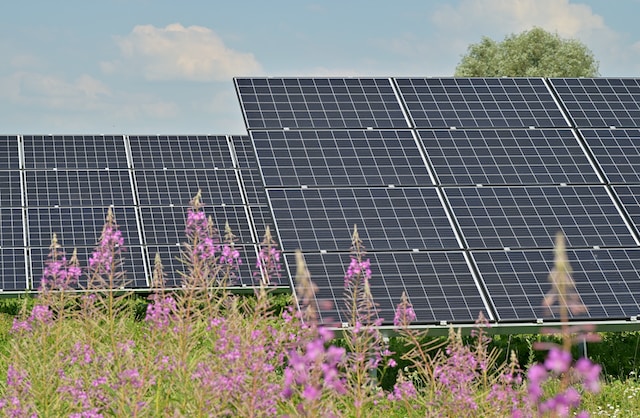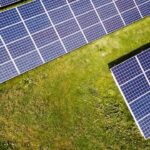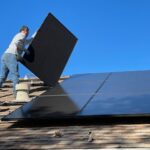Ensuring Solar Power Plant Resilience to Heavy Rainfall
While solar power plants are a sustainable source of energy, they are not immune to the destructive forces of nature. In addition to the well-known threat of strong winds, heavy rainfall can also pose a significant risk to solar installations. Recent events, such as the roof collapse of the San Ignacio Sports Center in Bilbao, Spain, in June 2023, serve as a stark reminder of the importance of addressing rain-related challenges in the solar industry. This article aims to alert solar power plant owners, operators, and construction firms worldwide to the potential damages caused by heavy rainfall and provide insights into mitigating these risks.
The Bilbao Roof Collapse
The San Ignacio Sports Center in Bilbao, Spain, witnessed a catastrophic roof collapse in June 2023. This facility’s roof was equipped with nearly 200 solar panels, making it one of the largest solar roofs in the region. The city’s mayor, in an interview with a local television station, attributed the collapse to heavy rainfall combined with the weight of the numerous solar panels on the roof.
Bilbao experiences a maritime climate due to its proximity to the Bay of Biscay, resulting in consistent precipitation throughout the year, with rainy days accounting for 45% of the annual total. Additionally, images from the accident scene revealed that the majority of the sports center’s roof was supported by metal framing, which is vulnerable to corrosion from rainwater.
Apart from climatic factors, the continuous addition of solar panels on the roof played a significant role in the collapse. According to bidding information from 2010, the project was awarded to Inbisa construction company, initially involving the installation of 120 solar panels on the roof. Over time, more solar panels were added, effectively doubling the original count. It appears that the combination of a humid climate, fragile metal supports, and the increasing number of solar panels may have been the primary factors contributing to this unfortunate incident.
Understanding Roof Collapse: A Sensitivity Issue
Roof collapses in solar power plants essentially stem from the sensitivity of roof load-bearing capacity. In recent years, distributed solar power installations have become increasingly diverse, expanding from residential rooftops and industrial buildings to schools, hospitals, transportation facilities, and agricultural structures. The various roof structures encountered in these diverse applications can vary significantly in terms of load-bearing capacity.
Therefore, it is imperative to pay special attention to the load-bearing capacity of distributed solar power plant roofs to prevent serious safety incidents. Industry experts emphasize the need for caution when installing solar panels on roof structures such as grid framework roofs or fragile colored steel plate roofs. These structures exhibit varying degrees of load sensitivity, necessitating careful selection and assessment.
According to publicly available information, venues such as sports stadiums, exhibition centers, cultural facilities, clubs, and warehouses often employ grid framework architecture. Consequently, when developing distributed solar power installations in such settings, solar companies should entrust professional organizations to conduct load-bearing capacity reviews and obtain legitimate and effective load reports.
For projects with complete blueprints, solar companies can commission the design firm to conduct consulting load-bearing capacity calculations and issue reports. In cases where blueprints are unavailable or incomplete, solar companies should engage accredited building inspection and assessment organizations recognized by local authorities to perform inspections and assessments, ultimately issuing official reports.
Conclusion
The Bilbao roof collapse serves as a somber reminder of the potential risks associated with heavy rainfall and inadequate load-bearing capacity in solar power plant installations. To ensure the resilience and safety of solar installations worldwide, owners, operators, and construction firms must prioritize rigorous structural assessments, adherence to load-bearing guidelines, and continuous monitoring to safeguard against potential disasters caused by adverse weather conditions. By doing so, the solar industry can continue to thrive and provide sustainable energy solutions while minimizing environmental and financial risks.




